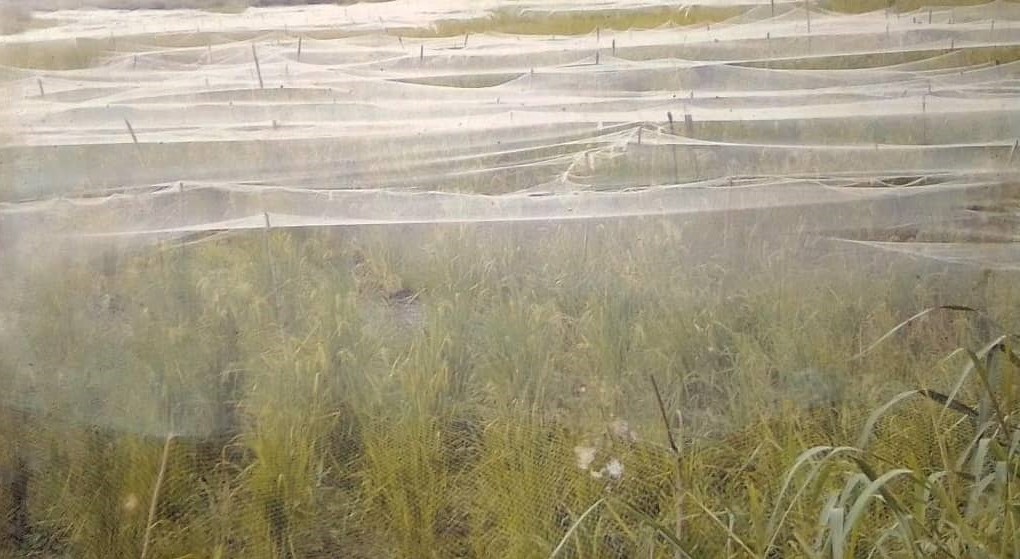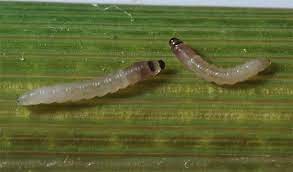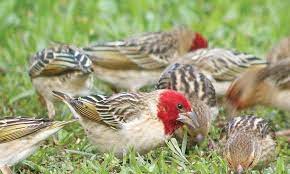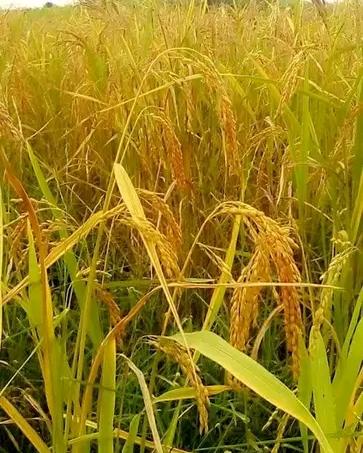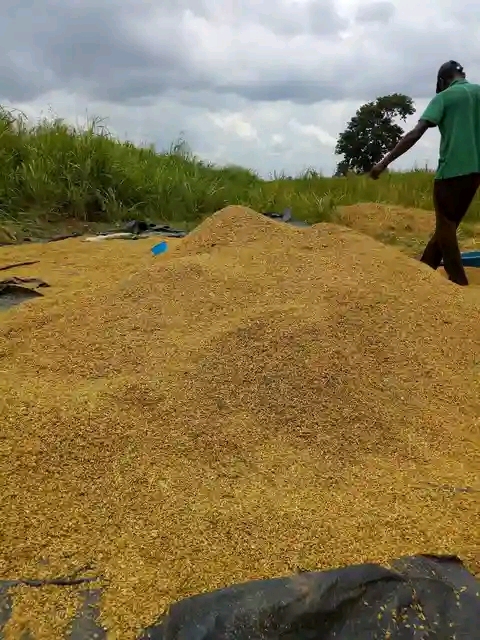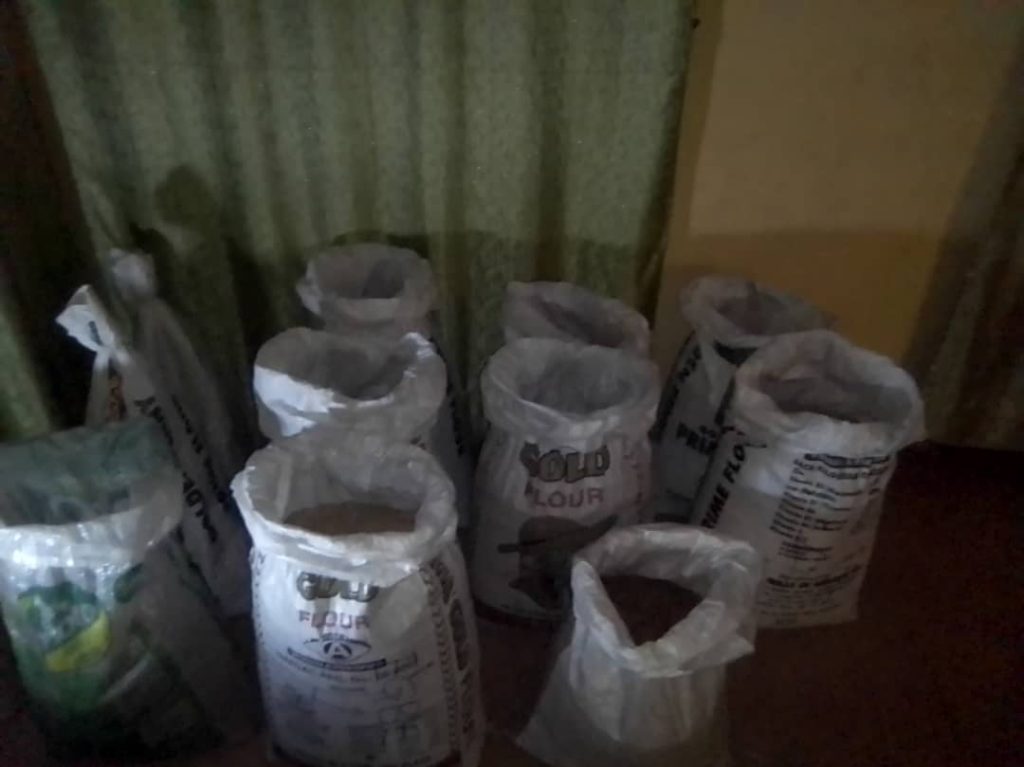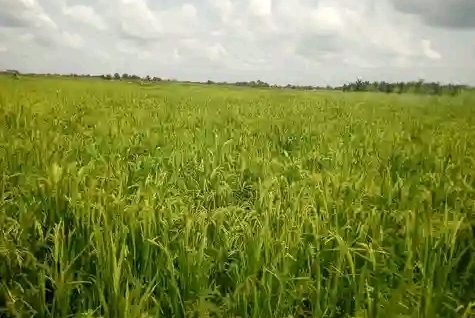Even though rice feeds half of the world’s population, its cultivation still has its challenges. I wanted to understand the challenges LanreRice is facing in Nigeria and what he is doing to overcome them.
To my surprise, LanreRice does not mention insects or diseases, but first brings up birds. “It’s a regional phenomenon, but bird invasion is a plague like none other here. Scarecrows are a traditional way to scare away birds but do little against the Quelea birds. Last year in Kebbi state the local government did aerial spraying to try to control the invasion that destroyed over 75,000 hectares of rice paddies. What we have used here to protect our fields against this plague are nettings. We use them during the last period of cultivation, when the seeds are mature, and just before harvesting. It’s more labor intense than spraying, but I feel it is much better for the environment”, LanreRice tells me.
Quelea birds have similarly wreaked havoc in other countries around the continent, for example, in Kisumu, Kenya, where in 2023 an estimated of over 10 million birds destroyed huge amounts of crops. The birds are small and only consume about 10g of grain per day, but a swarm of two million birds may collectively eat as much as 20 tons in 24 hours.
“Another challenge I have”, LanreRice continues, “water management. The absence of irrigation facilities on the fields has forced my rice cultivation business to be done during the rainy season only, and any attempt to go beyond this has been an outright waste and a bad investment. As a result of the unpredictability of available water at each time, water management is a constant game of trial and error”.
“The only way to counter this is to set up irrigation facilities which will allow for more controlled water supply. This involves a level of investment I cannot afford at the moment, but is in the long-term plans. Irrigation will let me increase my yield significantly, increase sustainability, and allow for more stable and predictable operation”, LanreRice continues.
But what about pests and diseases I inquire. “Yes, of course, there are, just as in any other crops. The ones I am most aware of, are Stem borers and Rice blast. You must start the fight against the Stem borers at the time of seed selection. You choose a resistant variety and then treat the seeds against the pest. This will usually help to prevent an emergency-level outbreak”.
“The Rice Blast, or Magnaporthe grisea, is a fungus infection that affects all parts of the plant”, LanreRice continues. “There are several ways to combat this problem. The first is to select seeds resistant to the fungus. Then crop rotation where soybeans have been used in a rotation cycle with the rice to reduce outbreaks of the fungus. Third, a simple controlled use of fertilizer can reduce outbreaks. Overuse of nitrogen fertilizers has been shown to increase rice blast. Fourth, a technique that sometimes is difficult to apply when you have limited control of the water supply, is to keep the water level at the recommended height. The rice blast is more prevalent in paddies where the water level is below the recommended height. Finally, a fungicide can be used as a last resort measure”.
“Our last challenge in regards to external attacks on our fields are rodents. This, we have been able to control by maintaining a clean border around the field, and by applying rodent traps, strategically located at vantage points, in and around the fields”.
In our next post, I will be asking LanreRice more about his plans, the future of agriculture in Africa, and what advice he can give to help farmers to step up their game.
I do not have the right to all of the photos below.


